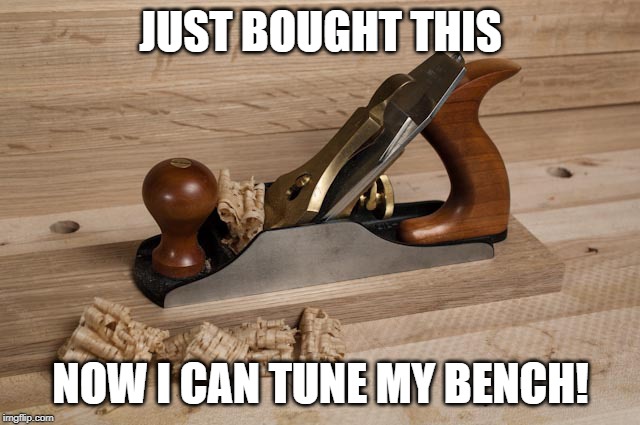the absolute most important thing to consider when putting together a repair bench for CB radios is to make sure the bench is tuned.
Now, i know that anyone who does this professionally and repairs radios for any other service including amateur radios, commercial radios, and even military equipment will laugh at that statement until they fall out of their chair, but for CB radio specifically, you have to tune your bench.
You see, you don't actually need a real electronics education to repair CB radios, and because of that, you don't have to know things like:
1: a 50 ohm non-reactive load does not require any certain length of coaxial cable to be used.
2: all professional test equipment used in the electronics repair industry is designed and built to present a 50 ohm non reactive impedance, specifically so that any length of coaxial cable can be used. This is imperative because of the range of equipment that might be put on the bench. There has never been a manual written for any piece of RF test equipment that called out for certain lengths of coaxial cable to be used with them.
that would be absurd.
The great thing about repairing ONLY CB radios is that you can throw all this knowledge out the window because your customers won't know any better!
You see, if you were repairing ANY other type of electronics gear, you would be dealing with people who know what they are talking about and would be expected to
have your facts straight as well.
But with CB radio, all you have to do is keep saying the same things over and over, and then bad mouth anyone who disagrees with you or shows you when you are wrong.
What a wonderful world of repair we have in the CB radio hobby.
Oh, and if you would like to know whether a CB radio technician is actually educated in their field; just ask them if they have ever worked in another industry as a repair person.
EVERY CB radio technician that has a real education in electronics repair will also work on other electronics equipment and not just CB radios.
If you find a technician who claims to know it all, but can only work on CB radios, well, run Forest, RUN!.
now, i've got to go take a rest, as my cheek is hurting from having my tongue pressed against it for so long.
LC

